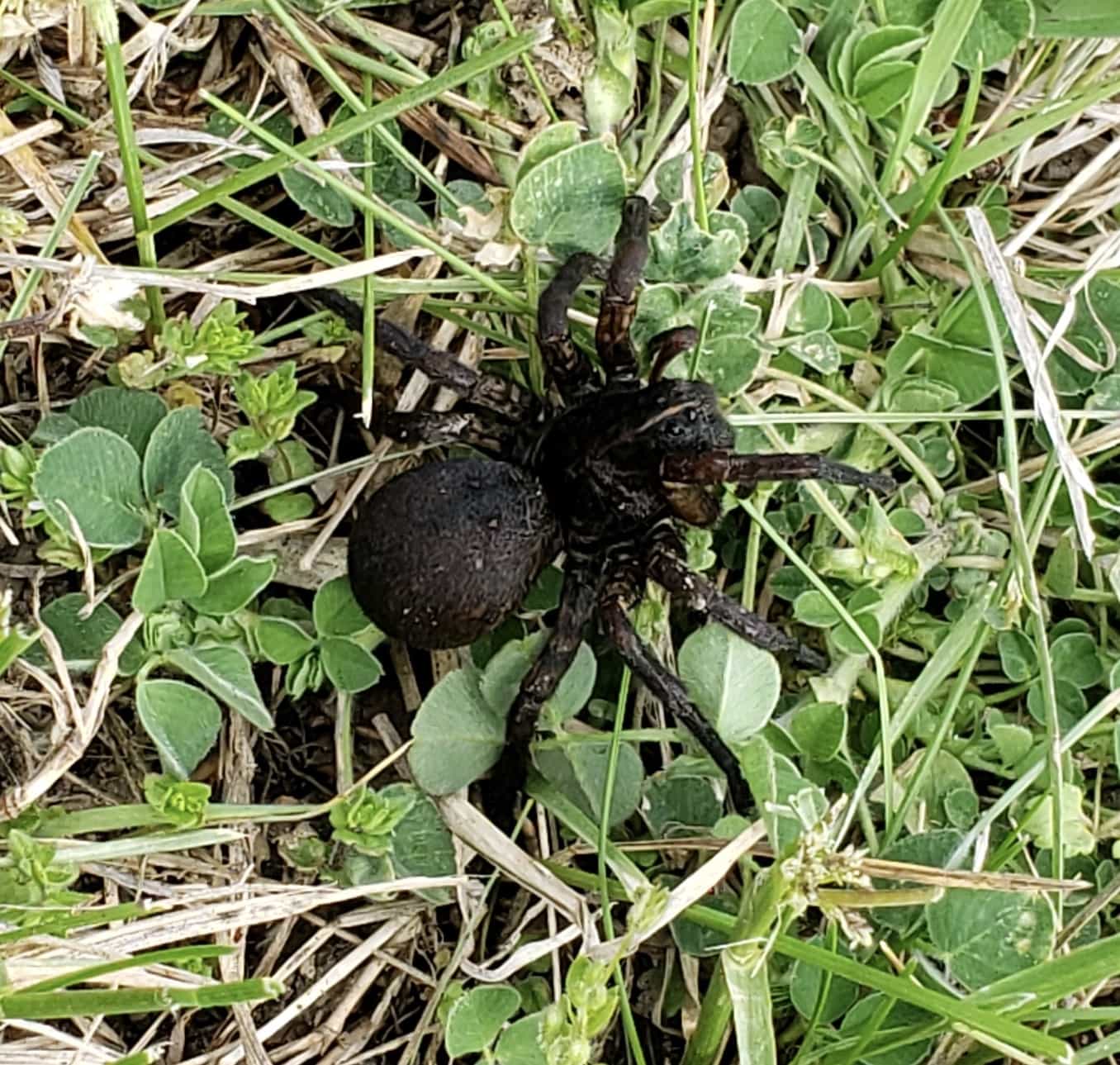

Katipo Spider: How to identify New Zealand’s venomous spiderīrown widow spider: How to identify and avoid the false widow. White-tailed spider: How to identify and manage. Net-casting spiders: How to identify these spiders. Giant Huntsman Spider: How to Identify the Largest Spiderīrazilian salmon pink bird-eating tarantulaĬerbalus Aravaensis: Middle East’s Largest Spider They are easy to care for and a great spider for all levels of hobbyist. Like other wolf spiders they have a very aggressive feeding response and will rapidly pounce on their prey as soon as they become aware of it. Six-Eyed Sand Spider: Is the White Sand Spider Dangerous? Tiger wolf spiders (Tigrosa georgicola) are a large species of wolf spider distributed throughout eastern North America. Ĭommon house spiders: How to Identify and get rid of them. Orb weaver Spiders: How to identify and get rid of them. Spider pages: Learn how to identify and avoid these spiders. Further recommended reading about spiders. The wolf spider also has an impressive set of fangs. The wolf spider has slightly inferior night vision to the jumping spider, which in turn is bested by the huntsman spider. This tissue, tapetum lucidum, reflects visible light back through the retina and increases the light available to the photoreceptors-significantly increasing the wolf spider’s night vision.Īnd just like wolves and coyotes, you can use a flashlight at night to locate wolf spiders by scanning an area and spotting the reflected “glow” from the light’s beam. Wolf spider eyes have reflective tissue like canids such as wolves and coyotes. Wolf spiders are known to have excellent vision for spotting and tracking prey. This spider has three rows of eyes, four small ones on the bottom, two medium-sized ones on the top, and two much larger eyes in the middle. Perhaps the most distinguishing feature of the wolf spider is its face. The female of this critically endangered spider has a leg span of nearly 5 inches. Amongst all those species, the body size of individual wolf spiders ranges from 1/25 to 1.5 inches.įor the record: The largest wolf spider species is the Hogna ingens, the Deserta Grande wolf spider. General wolf spider information.Ĭurrently, there are 128 genera and over 2,800 species of wolf spiders. Both are outdoor species that do not usually. The males are much lighter in color than females and only have a light brown banding at the joints of their third and fourth pairs of legs. Tiger wolf spiders are a group of wolf spider species that are known for their distinctive pattern of black and yellow stripes on their bodies and legs. Wolf spiders and fishing spiders are the largest, and also among the most common of the spiders found in Iowa. The stunning Tigrosa aspersa has a narrow, vibrant line of yellow hairs on its carapace near the eyes. The tiger wolf spider is one species of wolf spider. Photo credit: Andy Reago & Chrissy McClarren. Fishing spiders carry their egg sacs in their jaws, swim in and walk on water, don't carry their babies on their backs, and don't have the two large forward-facing eyes.Tiger wolf spider. Similar species: Tarantulas are much larger and heavier. Also, wolf spiders run smoothly over the ground and often hunt at night, while jumpers hunt in plants during the day, move jerkily, and jump great distances. But unlike jumpers, wolf spiders have a row of four small eyes below the four larger ones. The eye configuration is similar to that of jumping spiders: The two center eyes of the top row are enlarged. Later, she carries her babies on her back. These are athletic spiders that don’t spin webs to catch their prey instead, they run it down. They have long legs and are usually gray, brown, black, or tan with dark brown or black body markings (especially stripes).Ī female wolf spider carries her egg sac in a unique way: She attaches it to her spinnerets at the bottom rear of her abdomen.


Wolf spiders are members of the family Lycosidae.


 0 kommentar(er)
0 kommentar(er)
